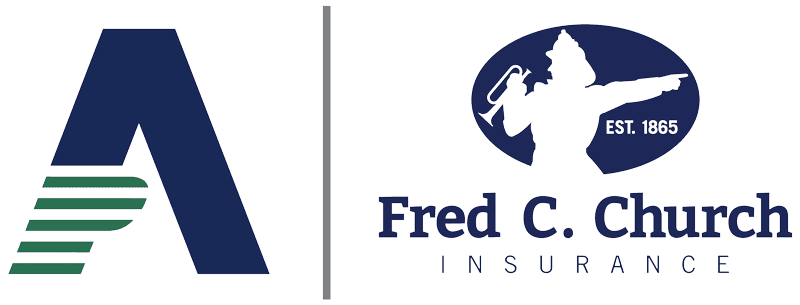December 2021 Employee Benefits Compliance Alerts
Release Date: December 21, 2021
COVID-19 Employer Mandate Reinstated; OSHA Requires Good-Faith Compliance by February 9, 2022
The Sixth Circuit Court of Appeals
This past Friday night, December 17, the U.S. Court of Appeals for the Sixth Circuit reinstated OSHA’s employer vaccination mandate, the Emergency Temporary Standard (ETS). The mandate applies to employers with 100 or more employees on or after November 5, 2021. Under the mandate, employers have the option to either (a) require all their employees to be vaccinated or (b) require all their employees to be either tested or vaccinated and wear masks. The matter has now been appealed to the U.S. Supreme Court.
OSHA Acts
Subsequent to the Court’s ruling, OSHA issued the following guidance on its website:
OSHA is gratified the U.S. Court of Appeals for the Sixth Circuit dissolved the Fifth Circuit’s stay of the Vaccination and Testing Emergency Temporary Standard. OSHA can now once again implement this vital workplace health standard, which will protect the health of workers by mitigating the spread of the unprecedented virus in the workplace. To account for any uncertainty created by the stay, OSHA is exercising enforcement discretion with respect to the compliance dates of the ETS. To provide employers with sufficient time to come into compliance, OSHA will not issue citations for noncompliance with any requirements of the ETS before January 10 and will not issue citations for noncompliance with the standard’s testing requirements before February 9, so long as an employer is exercising reasonable, good faith efforts to come into compliance with the standard. OSHA will work closely with the regulated community to provide compliance assistance.
Employers Need to Act
Employers need to revisit and execute on their earlier mandate implementation strategy if they delayed implementation because of the litigation concerning the mandate. Employers will avoid penalties for failing to comply with the mandate as of February 9, 2022, if they have taken reasonable, good-faith steps towards compliance. We expect more guidance from OSHA in the coming days.
Resources:
- Listen to our most recent Fred C. Church OSHA Employer Mandate webinar here, and download the deck.
- OSHA web link to guidance on the mandate: https://www.osha.gov/coronavirus/ets2.
Release Date: December 13, 2021
Massachusetts Employers: Updated Employee Notices and Forms for Massachusetts Paid Family Medical Leave and Emergency COVID-19 Paid Leave
1. Introduction
Massachusetts recently announced some updates to its Paid Family Medical Leave requirements and its Emergency COVID-19 Paid Leave legislation that are highlighted as follows. If you have any questions about these developments, feel free to contact our VP of Compliance, George Thompson, at gthompson@fredcchurch.com.
2. Massachusetts Paid Family Medical Leave (PFML) Update
Massachusetts has released updated PFML guidance, a 2022 poster, and new 2022 employer notices to be provided to new employees who start on January 1, 2022, or later. The 2022 notice does not have to be redistributed to employees who received a notice from earlier years.
Employer (25 or more employees) state program contribution rate: Starting January 1, 2022, 68% of eligible wages, which reflects a decrease from 75% of eligible wages in 2021.
Average weekly wage (which will be used for weekly benefit calculation): Starting January 1, 2022, it will be $1,694.24, up from $1,487.78 in 2021.
Maximum 2022 weekly benefit amount: $1,084.31, up from $850 per week in 2021.
2022 Mandatory Workplace Poster: https://www.mass.gov/doc/2022-paid-family-and-medical-leave-mandatory-workplace-poster/download
2022 Employer (25 or more employees) Notice to New Employees: https://www.mass.gov/doc/2022-employer-notice-for-a-workforce-with-25-or-more-covered-individuals/download
2022 Employer (fewer than 25 employees) Notice to New Employees: https://www.mass.gov/doc/2022-employer-notice-for-a-workforce-with-less-than-25-covered-individuals/download
More Resources:
Please see earlier PFML guidance at the following link, regarding our guidance from October 2021 on PFML developments: https://www.fredcchurch.com/employee-benefits-compliance-alerts-october-2021/
FCC commentary on the 2021 Dept. of Family and Medical Leave Annual Report can be found here: https://www.fredcchurch.com/inside-ma-department-of-family-medical-leaves-annual-report/
Mass. Dept. of Family and Medical Leave website: https://www.mass.gov/orgs/department-of-family-and-medical-leave
3. Massachusetts Emergency COVID-19 Paid Leave Update
This past fall, the Massachusetts legislature extended the Emergency Covid-19 Paid Leave law through April 1, 2022. Effective October 1, 2021, the state also announced that employees may use state COVID-19 paid sick leave for the following additional reasons: to care for a family member who needs to obtain or recover from a COVID-19 immunization.
Updated Mandatory Employee Notices (updated as of October 2021): https://www.mass.gov/info-details/covid-19-temporary-emergency-paid-sick-leave-program#notices-to-employees-
Sample Employee Leave Request forms (updated as of September 2021): https://www.mass.gov/info-details/covid-19-temporary-emergency-paid-sick-leave-program#sample-employee-leave-request-forms-
Updated Employer FAQS (updated November 2021): https://www.mass.gov/info-details/covid-19-temporary-emergency-paid-sick-leave-program#frequently-asked-questions—covid-19-temporary-emergency-paid-s
General overview of reasons for paid COVID-19 leave: https://www.mass.gov/info-details/covid-19-temporary-emergency-paid-sick-leave-program#reasons-for-leave-
More information can be found here: https://www.mass.gov/info-details/covid-19-temporary-emergency-paid-sick-leave-program
Release Date: December 6, 2021
IRS Announces Permanent Extension for Employers to Comply with January 31 ACA 1095-C Employee Distribution Deadline (Effective for 2021)
The Announcement
The IRS recently released Revenue Procedure 2021-45, which enumerates increases in certain federal fees/taxes and also addresses the issue of 2022 Flexible Spending Accounts (FSA) limits. To that end, the IRS states:
Last week, the IRS announced it was amending the ACA 1095-C regulations to allow ACA-applicable large employers an automatic extension of time, not to exceed 30 days, beyond January 31, in which to furnish written 1095-C statements to employees. Because this extension is automatic, an employer is not required to submit a written application to the IRS showing good cause to request an extension of time to furnish the 1095-C statement beyond January 31. Consequently, the employee 1095-C distribution requirement will be satisfied if a 1095-C is distributed to an employee no later than 30 days after January 31 of the calendar year following the calendar year in which minimum essential coverage is provided. If the extended furnishing date falls on a weekend day or legal holiday, 1095-C statements will be timely if furnished on the next business day.
Effective Date
The 30-day extension is available for current 1095-C distribution regarding the 2021 calendar year. Thirty days after January 31, 2022, would be March 2, 2022.
Does This Apply to Your Business?
Yes, if you were an applicable large employer (ALE) for 2020. See Determining ALE Status below.
Why the Change?
First, the IRS observed that it had been consistently granting extensions since 2015. Making an extension automatic and permanent was simply keeping with past practice. Second, it had received a significant amount of employer feedback about the administrative challenges of complying with the January 31 deadline.
What Has Not Changed: Deadline for Submitting Form 1094-C to the IRS
The employer deadlines for submitting Form 1094-C and any associated Forms 1095-C to the IRS have not changed. To that end, Form 1094-C and associated Forms 1095-C must be submitted to the IRS by February 28 (if filing on paper) or March 31 (if filing electronically). Employers filing Form 1094-C with 250 or more Forms 1095-C form must file electronically.
Determining ALE Status
ACA reporting requirements discussed above will only apply to your business if you were an ALE for 2020, the calendar year prior to 2021. You would have been required to have at least 50 full-time or full-time-equivalent employees during 2020.
Counting Methodology
- To determine its workforce size for a year, an employer adds its total number of full-time employees for each month of the prior calendar year to the total number of full-time-equivalent employees for each calendar month of the prior calendar year and divides that total number by 12.
- A full-time employee for any calendar month is an employee who has on average at least 30 hours of service per week during the calendar month, or at least 130 hours of service during the calendar month.
- A full-time-equivalent employee is a combination of employees, each of whom individually is not a full-time employee but who, in combination, are equivalent to a full-time employee. An employer determines its number of full-time-equivalent employees for a month in the following two steps:
- Combine the number of hours of service of all non-full-time employees for the month but do not include more than 120 hours of service per employee, and
- Divide the total by 120.
Note: This alert constitutes compliance advice from the Fred C. Church Agency as your employee benefits broker and does not establish an attorney-client relationship with the recipient, who is free to consult with legal or tax counsel of their own choosing.



